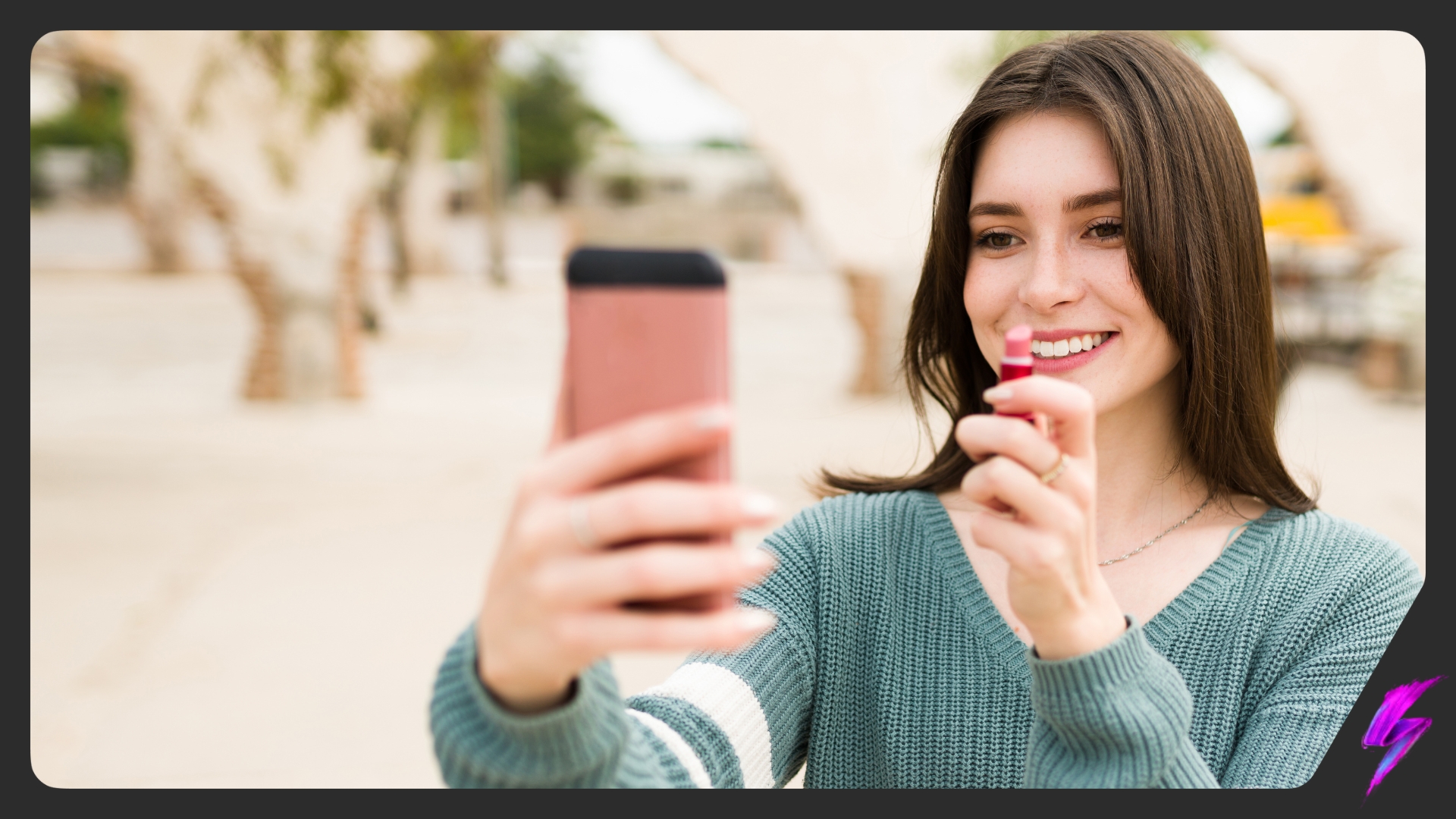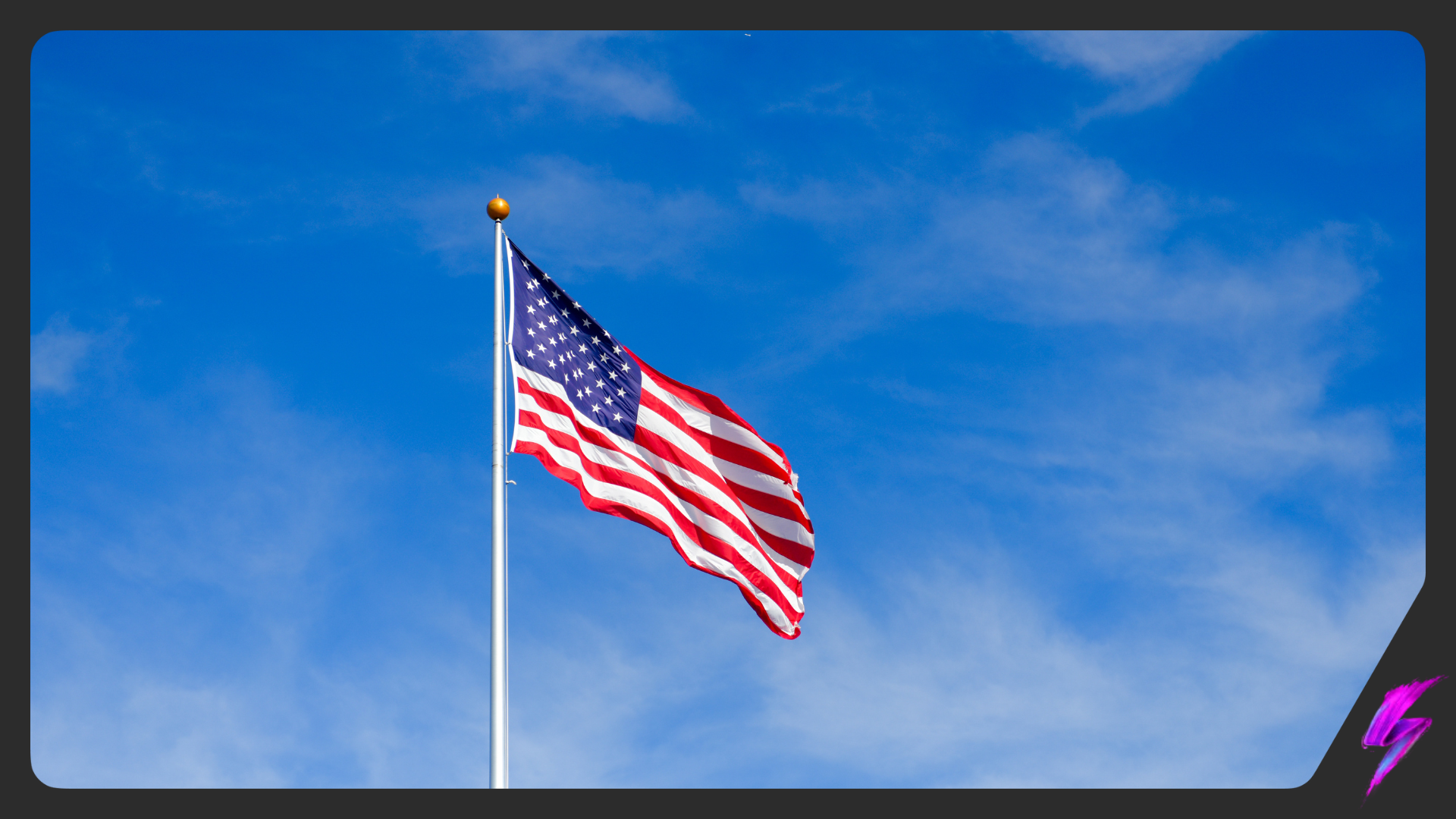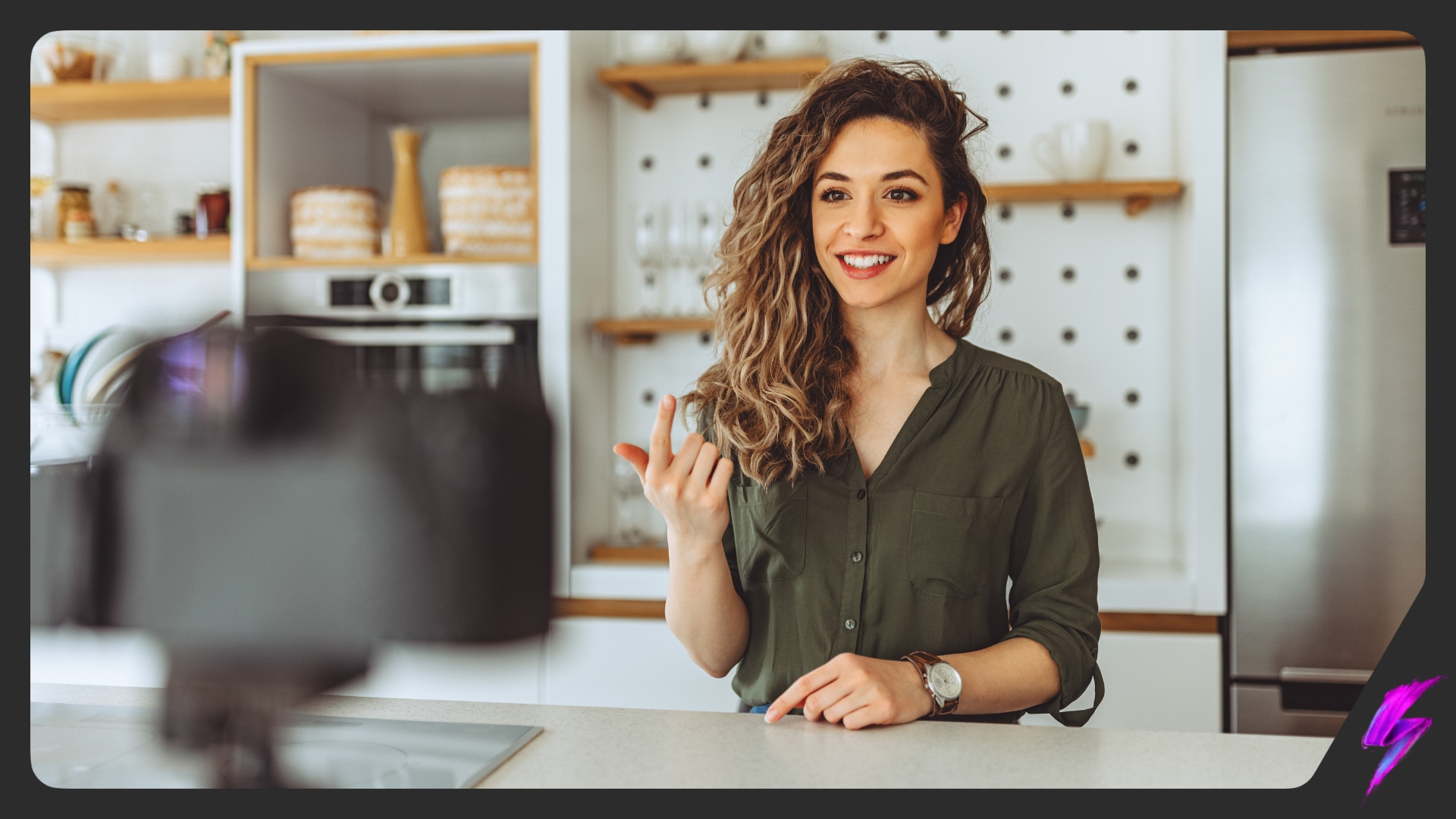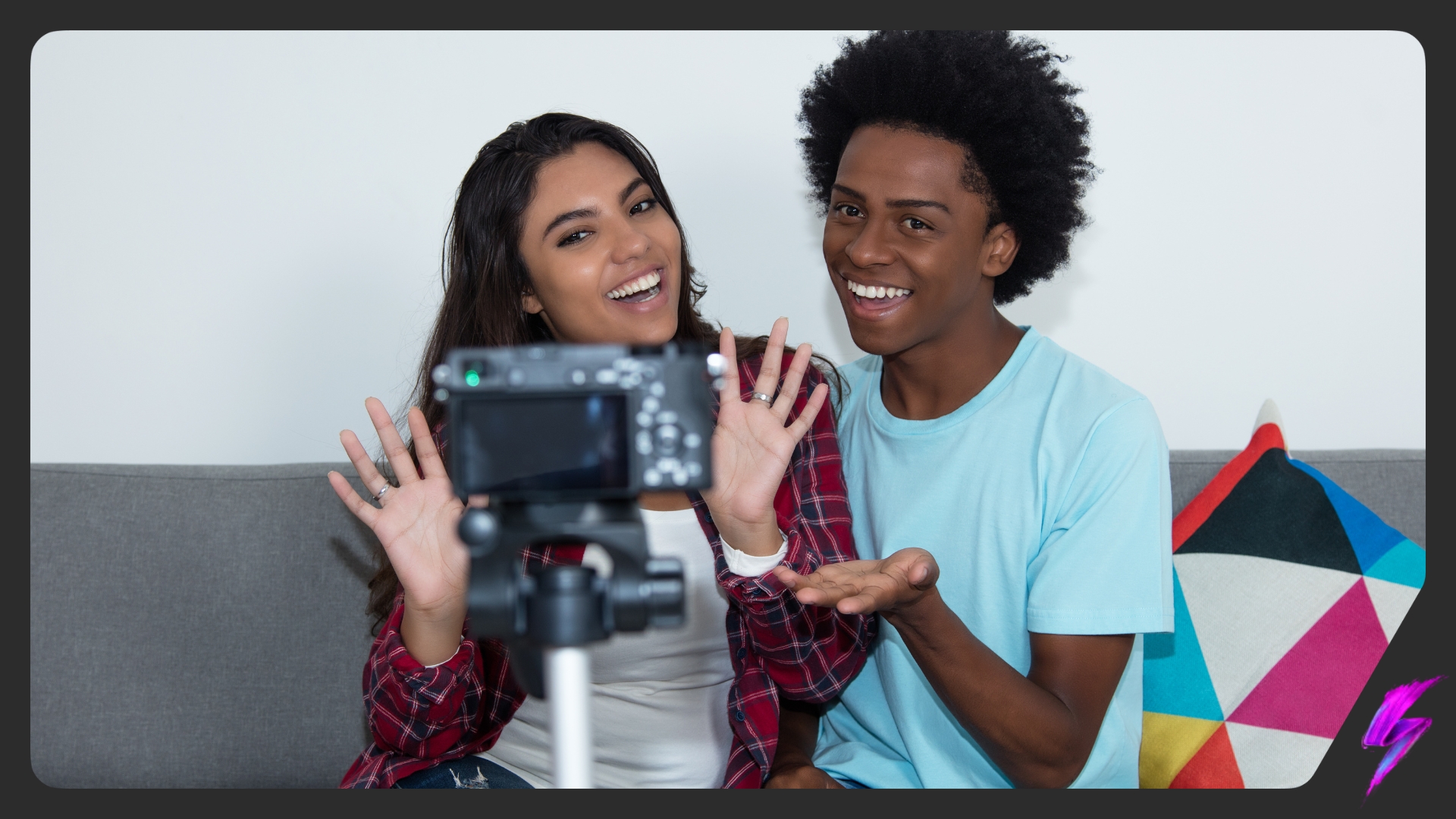How On-Demand Delivery Apps use Social Media
May 12, 2021
Influencer News

On-demand delivery services have gradually become an integral part of modern life. The convenience and safety of delivery apps throughout the pandemic meant consumers were able to access their daily and weekly necessities and luxuries safely from their homes at a time that suited them. As a result, the on-demand delivery market has boomed.
Over the past year, many local delivery services have launched around the globe. Some provide 15 to 30 minute deliveries, while others offer products on a subscription base. The increase in options has left delivery businesses scrambling to compete against new entrants, whilst consumers are demanding quicker delivery times from more local areas.
Why are delivery apps so popular?
On-demand delivery apps benefit users for three main reasons. They are fast, cheap and convenient. On-demand services can provide consumers with their orders in a flash. Customers can search, book, order, pay and review orders within one app.
On-demand delivery services offer different prices and timings, so business owners and customers can choose the service that fits their budget. Local business owners are able to save money using delivery apps as they don’t have to invest in logistics, vehicles and full-time couriers; the on-demand delivery model is mainly based on independent contractors using their own means of transport.
The convenience of on-demand apps goes beyond delivery and are handy at every stage of service. Customers have access to smart search, real-time tracking, various payment methods and quick and convenient delivery.
How do on-demand delivery services use social media?
As with any industry or market, one of the best ways to target consumers is through social media. Thanks to social media developments, on-demand delivery apps can reach, engage and encourage customers to download and use their app.
Deliveroo
Deliveroo is active on most social media platforms including Instagram, Facebook, Twitter, TikTok and YouTube. It uses Instagram to share restaurants and shops that are available to purchase from and support, while occasionally sharing recipes customers can make. The delivery app doesn’t post on Facebook regularly and opts to post videos or image-quote reviews from celebrities. Deliveroo has only recently joined TikTok but has focused on sharing recipes that are recreatable with products available from Deliveroo-supported businesses.
Let’s settle this once and for all, you’ve got two courses are you…
— deliveroo (@Deliveroo) May 6, 2021
Deliveroo uses Twitter as a community engagement platform, regularly creating polls and posting meme-style comedic content that encourages responses. It also uses Twitter to announce new locations it is available in.
While not consistently active on YouTube, Deliveroo has previously created mini-series. These series included restaurant makeovers or food tours of the UK featuring comedian Jack Whitehall.
Deliveroo regularly uses influencer marketing across social media. Primarily focused on Instagram, Deliveroo uses influencers of all sizes and industries to promote its app. Most influencers are also offered an affiliate discount code.
UberEats
UberEats is active on Instagram, Facebook, YouTube and Twitter. It’s main social media focus is on Twitter, where it posts community engagement tweets including polls, questions and funny tweets in addition to responding to customer queries. Its tweets regularly receive a large amount of engagement and responses.
Name a more iconic duo. pic.twitter.com/2VpiXtDWxY
— Uber Eats #EatLocal (@UberEats) May 7, 2021
UberEats used to use Facebook to inform consumers of holiday deals available, such as Valentine’s and Galentine’s Day deals, but has been inactive since February.
On Instagram, UberEats posts professional photos of meals, restaurants and chefs available on the app. It used to post meme-style and comedic content to engage customers, but has been focusing on more aesthetic content since March. UberEats provides its Instagram audience with a variety of mini-series; it recently created “On the Rise” in partnership with Marcus Samuelsson which interviewed and shared the stories behind black cuisine and chefs. It has also posted interviews with popular musicians and celebrities sharing their favorite foods alongside excluding performances. It primarily focuses on creating an online community and presence rather than heavily influencing audience members to download the app.
View this post on Instagram
It uses YouTube to share global ads and to support the mini-series posted on Instagram.
UberEats does use influencer marketing globally and also receives a large amount of user-generated content from customers and restaurants available on the app.
Weezy
Weezy is a 15-minute local delivery app that launched in early 2021. Weezy offers customers products from hyper-localised stores, delivered fast. It is currently only active on Facebook and Instagram.
Weezy uses its Facebook to interact with its growing community. It hosts giveaways and competitions to encourage new followers and announces new restaurants and business available.
View this post on Instagram
The local-delivery app uses Instagram in a similar way, but with unique content. It posts app store reviews and announces new locations it is entering into. While not yet active in influencer marketing, Weezy posts mini-interviews with wine-expert and critic William Sitwell. It has also begun ad-gifting micro influencers products, but no sponsorships as of yet. These micro influencers are gifted products from a local store and use them to show their audiences easy recipes.
Snappy Shopper
Snappy Shopper is another localised delivery app that promises deliveries within 30 minutes. It engages with retailers and consumers on Twitter, Instagram and Facebook. Snappy Shopper posts similar content across the three platforms and encourages engagement from consumers by joining in with calendar events and announcing competitions. The app primarily uses Twitter to directly interact with customers and their queries.
Mother of God, It’s the #LineOfDuty final tonight! Open up the Snappy Shopper app, tap to order your snacks and sit (at the edge of your seat) whilst we deliver to your door ? https://t.co/zJ95RA2ZDC pic.twitter.com/FFd6Fw7udP
— Snappy Shopper (@SnappyShopperUK) May 2, 2021
Snappy Shopper hosts giveaways and competitions on all of its platforms. The competitions on Twitter and Facebook are the same, while Instagram hosts its own, making its audience want to follow both for exclusive deals. It encourages downloads of its app through its Instagram giveaways, where audience members are given an exclusive code to use at checkout—you cannot enter the giveaway without having the app.
View this post on Instagram
Snappy Shopper does not use influencer marketing, but receives a lot of user-generated content from stores available on the app. The shops tell users their products are available within 30 minutes from the Snappy Shopper app.
On-Demand Delivery Apps: The Takeaways
Established on-demand delivery apps use social media in a very different way to growing, localised apps. Established apps such as Deliveroo and UberEats already have a large amount of loyal customers and downloads, meaning they are able to focus on using social media as a community management tool. They can be seen using Twitter polls, creating meme-style content, asking questions and reposting and responding to user-generated content. Whilst they do still encourage new followers to download their apps, the main focus is entertaining and engaging their existing community. These established apps will primarily drive new downloads through influencer marketing.
Growing and more localised delivery apps focus less on community management and more on driving downloads. They regularly use giveaways and competitions to those who have the apps downloaded and rely mainly on stores available on the app to encourage downloads. Snappy Shopper and Wheezy share content of the local stores and restaurants available on the app, which adds an appealing level of transparency to app users as they can see exactly where their products are coming from. This helps consumers feel like they are supporting smaller and local businesses in a time they need help most.
Our Influencer marketing agency and Social agency are located worldwide, with our agency network based in the USA, UK, UAE and China.
If you want to receive our industry insights, visit our influencer marketing blog here.
[cta]
Popular Blogs
Most Popular Instagram Hashtags | Tiktok Hashtags | Instagram Monetization | Facebook Banner Size | Snapchat Influencers | Most Subscribed Youtubers | Best Time to Post on Youtube | UK Twitch Streamers | Female Twitch Streamers | Popular Tiktok Songs | Male Tiktok Influencers | Lgbtq Tiktok Influencers | The Rise and Fall of Clubhouse | Influencer Marketing on Clubhouse | LiketoKnowit | Pretty Little Thing Instagram| Social Marketing Agency
Social And Influencer Marketing News + Insights
Get in touch
We'll show you how to start powerful conversation, drive social engagement, build your brand, hit sales targets or meet other goals you have, wherever you are in the world.
Work with us





